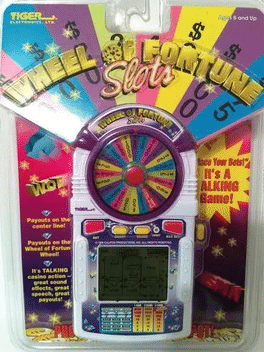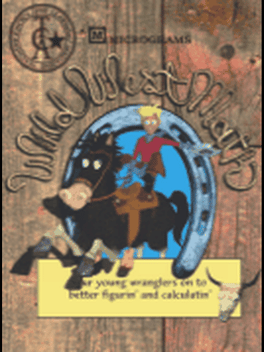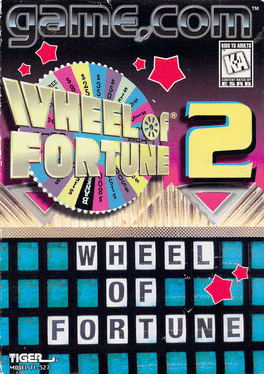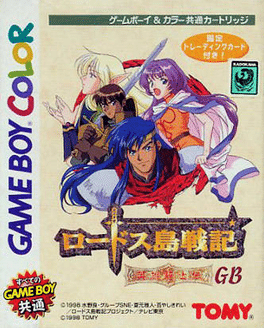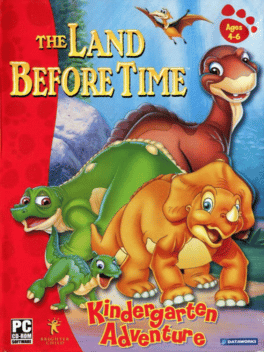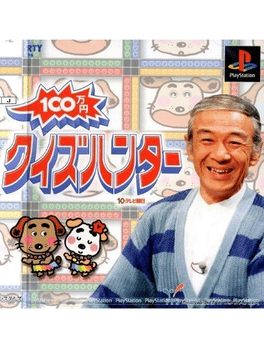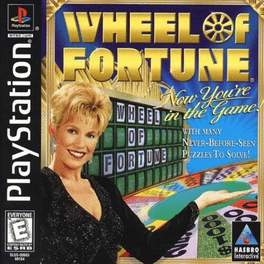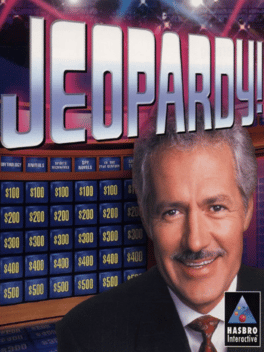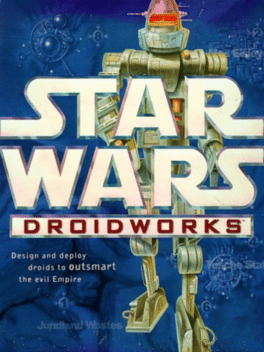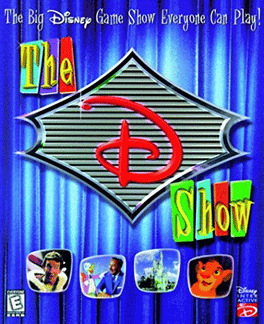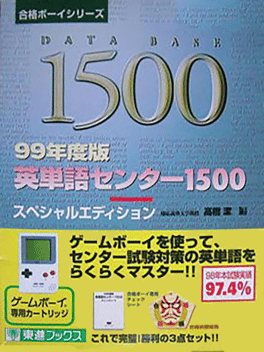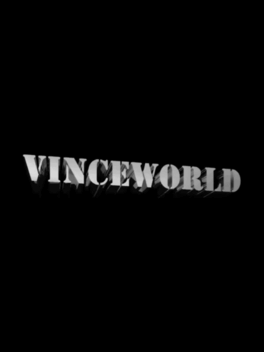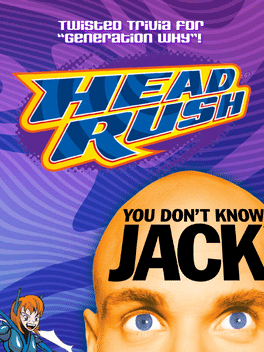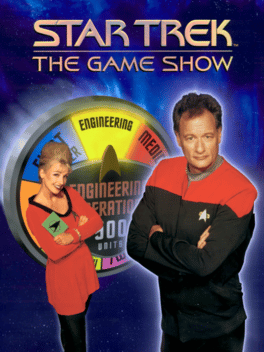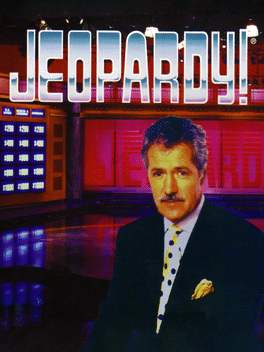New Zx Spectrum Games - Page 38
-
Wild West Math
1998
Wild West Math
1998
Wild West Math is an educational game designed to help students in grades 2–6 practice and improve core math skills. Through a variety of activities themed around the American Wild West, players work on addition, subtraction, multiplication, division, and long division. The game features colorful Western characters, adjustable difficulty settings, tutorial help screens, and progress tracking to accommodate a range of learning needs. -
Wheel of Fortune 2
1998
-
Lodoss-tou Senki: Eiyuu Kishiden GB
1998
A boardgame for Game Boy Color based on the Record of Lodoss War series. -
The Land Before Time: Kindergarten Adventure
1998
An educational game intended for players ages 4-6 that features six activities ranging from matching to music games. -
100 Man-Yen Quiz Hunter
1998
"100 Man-Yen Quiz Hunter" (1 Million Yen Quiz Hunter) is a game based on a Japanese quiz show. The quiz show aired from 1981 to 1993 and was produced by TV Asahi. This is a quiz show where viewers can participate, with 20 prizes being competed for, and the winner being determined by the total amount of prizes earned. -
Wheel of Fortune
1998
Wheel of Fortune
1998
Be an actual contestant on Wheel of Fortune! Give the wheel a spin and see if you can solve a variety of clever puzzles, specially written by the TV show's producers. Don't just sit at home and watch - be there and play! -
Wheel of Fortune
1998
Wheel of Fortune
1998
The 1998 PC version of Wheel of Fortune is a computer game adaptation of the popular TV game show, developed by Hasbro Interactive. It allows players to experience the thrill of the show, solving word puzzles by spinning a wheel and guessing letters. The game includes over 2,000 puzzles, special prizes, multiple studio settings, and full-motion video featuring Vanna White. It offers both classic and tournament modes of play, accommodating one to three players. -
Jeopardy!
1998
Jeopardy!
1998
Based on the well known game show of the same name. The basic idea behind the game is that you are given a choice of categories, each with an answer to a question behind the square. Your job is to figure out the question that corresponds to the given answer (for example, the answer is Star Wars. The question would be: George Lucas' Trilogy?, or something like that.) There are over 3500 answers to find questions to, in different game types including Tournament, Speed Match and Single Round. And in every case, Alex Trebek (the host) is there to tell you if you are right or wrong. -
Star Wars: DroidWorks
1998
Star Wars: DroidWorks is a 1998 edutainment computer game and the premiere title from LucasArts subsidiary Lucas Learning. It uses the same engine as LucasArts' previous title Star Wars: Jedi Knight. The creators aimed to create a game that would be both appealing and nonviolent. The game's original release date was moved up by months, which resulted in the development team cutting some planned game features. The game's plot involves the player saving the galaxy by manufacturing droids with specific abilities, such as the ability to see in the dark or jump, to complete missions. The educational portions of these missions teach players about concepts such as energy, force, motion, simple machines, light, and magnetism. Star Wars: DroidWorks received high praise from critics, sold well, and won numerous awards and accolades. -
The D Show
1998
The D Show
1998
Essentially a Disney version of the You Don't Know Jack series, up to three players play a trivia game show to prove their knowledge of The Walt Disney Company. -
99 Nendohan: Eitango Center 1500
1998
99 Nendohan: Eitango Center 1500 is a gameboy game that consists of a dictionary of English words for Japanese speakers. It was meant to be an affordable and portable database of English and Japanese words. -
Seterra
1998
Seterra
1998
Whether you're studying for final exams or Final Jeopardy, Seterra has the geography category covered. The popular online and desktop based map quiz classic that has been entertaining and educating geography buffs ages 8-88 for almost 20 years has gone mobile. -
Vinceworld
1998
Vinceworld
1998
Vinceworld is a 1998 compilation of 30 experimental animations and interactive quizzes by Vince Collins. -
You Don't Know Jack Headrush
1998
star 7Forget everything you know about a You Don't Know Jack game because YDKJ’s horribly deformed, mutant offspring Headrush has been birthed! Twisted animation, insane question types, and a bizarre appetite for all human excretory fluids and gassed add up to the most over-the-top YDKJ game ever! Fire this game up and stand back, because this is not your Mommy and Daddy’s 'You Don't Know Jack'! -
Satella-Q: Mou Sugu Haru desu ne - Chotto Sate-Q Shimasen ka?
1998
A single-episode season of Satella-Q. -
Star Trek: The Game Show
1998
Ready "to boldly go where no man has gone before?" So you think you know all about Star Trek? Like to amaze your friends at parties by listing the girlfriends of Captain Kirk in order? Then you've come to the right place! Whether you're a casual or hard-core Trekker, you can explore hundreds of questions on your favorite moments from the Star Trek universe, in an irreverent game show setting with Q as your sardonic host. Personnel, planets, aliens, anomalies - The Game Show covers all quadrants of the galaxy, from the original voyages of the Starship Enterprise to the deep space journeys of the U.S.S. Voyager, plus all the movies. -
Jeopardy!
1998
Jeopardy!
1998
star 6This version of Jeopardy features the digitized look and voice of the TV show's host, Alex Trebek and even the announcer, Johnny Gilbert, as well. There are 650 different categories to choose from as well as 4,000 new answers. The player answers questions by selecting letters by using the analog or D-pad and will be given suggestion words to help them along. The same rules apply to the game as they do in the TV show, the game is divided into three different rounds: Regular, Double Jeopardy and Final Jeopardy and has three different contestants.
